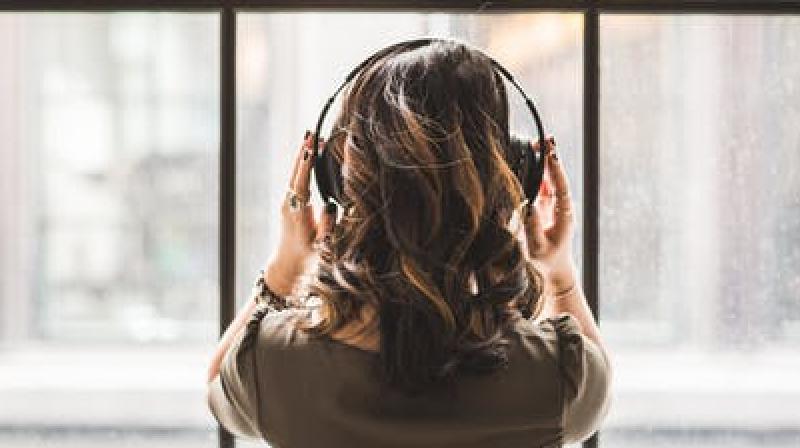Music: The language of healing
Music was my refuge - Maya Angelou.

Across the sciences – be it physiology, neurology or psychiatry – that seeks to understand and treat human suffering, there is often an intangible limitation which is the individual mind/psyche/emotional self. Each of our journeys as humans is a complex fingerprint of both beauty and pain. These journeys are often difficult to relay due to elusive emotions like fear, anxiety or self-censorship and practical aspects like language or education.
Falu Shah (Grammy-nominated 2019) shares that through her own physical and emotional injuries, she has witnessed the transcendent nature of music in combination with advanced medicine to bring about transformative cognitive and psycho-social healing.
One of the most profound examples of the healing and transformative power of music is from work being done in US prisons working with inmates who have been convicted of some of the most gruesome crimes including rape and murder.
Her job at one such maximum security prison. Sing Sing – one of the most infamous penitentiaries that house over inmates - was to teach prisoners songwriting. The cold reality of prison life only further distanced them from using their own voice to understand, heal or deal with their actions or their personal histories. Studies have shown that most incarcerated persons report a history of childhood trauma, physical or emotional abuse – some showing up to 59 per cent of male inmates have reported such a history and up to 25 per cent have faced child abandonment.
Songwriting – the combination of storytelling and music – was an intended choice of healing through music by facilitating a catharsis of their suppressed violence and anger or life circumstances. Rather than folly, participating inmates had begun writing songs, poems, rap lyrics and even musical compositions. They wrote of their families, their lovers and their crimes.
They wrote out of pain, out of nostalgia, out of anger and yes, many out of hope of changing their lives. Months later seeing the transformation of many of the inmates – some small steps, some profound - the process revealed bold socio-emotive tool in transforming anger, resentment and regret into creative energy. As they composed something new – no matter how small - they seemed to heal.
Inspired by this experience, she sought the opportunity to work with incarcerated teenagers in New York City in the belief the power of music may be equally or even more transformative with youth. She witnessed the deep frustration that is born when a youthful, intelligent mind is both physically and symbolically shackled upon detention. They had so much to say and yet, no outlet.
Many of them, in this looming helplessness, given the choice would choose guns over pens – after all, who would listen? As a team of professional musicians, we made it our mandate to offer these youth basic training in songwriting and music. With just the most basic introduction to the tools of music, we witness a variety of dormant talent emerge.
The ability of these teens, through music, to create and express themselves restored their sense of self, inspired ideas and sparked their minds, soothed the emotional quotient of their being and freed their minds to dream of a future rather than succumb to the immobility of their present.
Music is a bridge between our conscious and physical selves. As the language of the universe, it binds us closer to our humanity in a way that is redemptive and essential. For each of us, one must contemplate not just the physical healing but the emotional healing of our self and music is a profound tool to that end. Critically, everyone, regardless of circumstance, should have the right to music and its transformative power.

